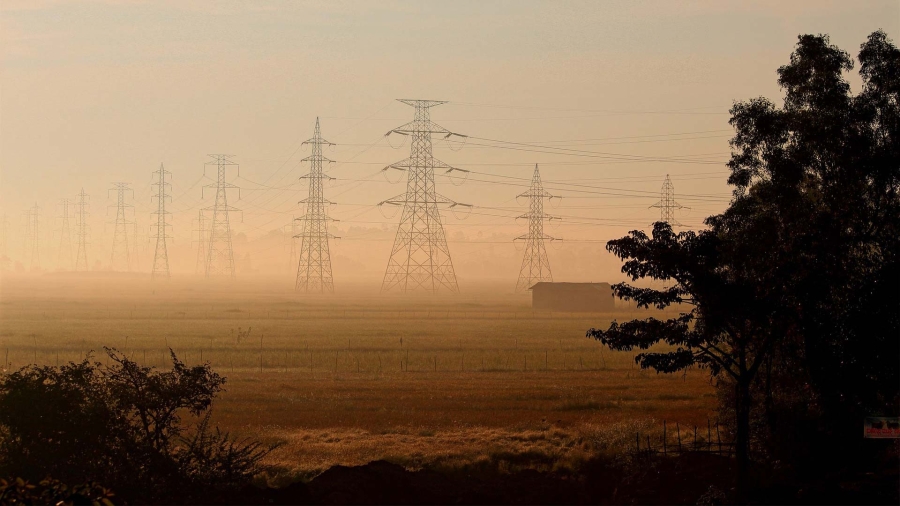Jean-Pascal Tricoire, Chairman, Schneider Electric
About two decades ago, I began making the point that energy efficiency is one of the easiest and fastest paths toward emissions reduction and sustainability. My colleagues and I have repeated it again and again ever since.
What’s changed since then? A lot. But in some respects not enough.
Because while that simple message – that using energy more efficiently is good for people, the planet, and profits – has gained prominence, it remains an under-estimated and often overlooked lever in our quest for lower emissions and greater energy security.
From single issue to dual shock: Tacking the climate and energy crises
What has changed are the drivers for action.
Every record flood, drought, and heatwave has brought evidence that global warming is real. What was once a likelihood is now a certainty, and the talk is no longer just of climate change, but of planetary crisis. The science from the UN Intergovernmental Panel on Climate Change (IPCC) and others is now unequivocal: to avoid all-out catastrophe, we need a massive and immediate cut in greenhouse gas emissions.
The second change has been the repeated energy shocks of the past 10 years, and especially the one of the past 16 months. Fanned by the war in Ukraine, but also not helped by years of under-investment into energy systems in many parts of the world, this has provided an additional motivator for action.
The result: The push to re-draw the global energy landscape is no longer just about climate and decarbonization. It’s now also about softening the blow of the energy crisis and making industries, infrastructure, homes, and entire economies less reliant on limited supply provided by a limited number of suppliers.
The unsung hero in our efforts to tackle the climate and energy crises
All this has spurred valuable progress. Policymakers in the EU, the US, India, and elsewhere have intensified climate commitments and taken action to facilitate and incentivize the deployment of alternative energy. Renewable energy production and sales of electric vehicles have soared – so much so that the International Energy Agency (IEA) estimates that global fossil fuel demand is set to peak around the end of this decade.
What hasn’t changed enough, however, is that the focus of attention remains largely on the supply side and how efficiently energy is generated. The demand side of the energy equation - how efficiently energy is consumed – still gets less attention than it deserves.
That’s despite the fact that a host of proven energy-efficiency technologies already exist.
Take building management, air-conditioning, and heating systems equipped with smart controls and real-time data analysis capabilities, which can help detect and address energy waste. Or automation software that can optimize processes, energy usage, and maintenance in industrial sites and across entire corporate production and logistics networks. Or electric heat pumps, which are cleaner, more versatile, and far more energy-efficient than their fossil-fueled counterparts.
Tools like these lack the glamour of electric cars or wind turbines. And because energy efficiency is more abstract and happens across millions of actions and sites – offices, warehouses, shopping malls, data centers – it’s harder to recognize its full potential.
An independent survey of more than 500 C-suite executives we commissioned last year, for example, found that while sustainability considerations are now high on the corporate agenda, only about half are fixing the basics. Most are not considering the total mix of the tools available today.
And yet, pairing clean-energy generation technologies with efficiency-yielding electrification and digitalization (a combination we refer to as Electricity 4.0) is perfectly feasible, whether in industrial sites, in new buildings, or via retrofits in existing building stock.
Schneider Electric’s new office building in Grenoble, France, for example, is equipped with wind turbines, solar panels, on-site energy storage, and sensors and software that optimize energy-consuming activities such as lighting, heating and cooling. The building uses just one-tenth of the energy of its average European counterpart.
Similarly, when we work with customers to install digital energy-management solutions in existing buildings, we see a return on investment of just two to five years.
We have the ingredients – let’s use them now
As the world’s population continues to grow and economies develop, our collective need for clean and affordable energy will continue to expand. The rise of renewables can address just part of that. Optimizing how we consume energy must thus also be an integral part of how we tackle the climate and energy crisis.
It’s a no-brainer, really, and it’s relatively low-hanging fruit that yields much faster payback than many realize.
The IEA, in partnership with Schneider Electric, brought together ministers, CEOs, and other leaders in Paris in June to help move the topic center stage. Because we need a mindset shift and even greater awareness among businesses, infrastructure operators, the construction and real estate sectors, the general public - and the policymakers who can help accelerate uptake through determined policy support.
We have all the ingredients. What we don’t have is time: We simply can’t let another two decades, or even just two years, go by before we deploy the power of electrification and digital energy-efficiency technologies to the fullest.
Follow Jean-Pascal Tricoire on LinkedIn and Twitter, and catch up on his past articles below.
Yes, we can have sustainable cities
Why Energy Efficiency is the Unsung Hero of the Fight Against Climate Change














